|
JULY 2018
My name is Brian Robeson and I am thirteen years old and I am alone in the north woods of Canada.
When I was in seventh grade, during the dawn of dial-up Internet and Angelfire websites, I wrote a fan letter to Gary Paulsen telling him how much I loved his adventure books. He replied with a signed typewritten letter and a Polaroid photo of him on a sailboat in a gray Alaskan inlet. The postscript of the letter went like this:
Read all the time; read when they tell you not to read, read with a flashlight under the covers, read on the bus, standing on the corner, waiting for a friend, in the dentist’s waiting room. Read every minute you can. Read like a wolf eats. READ.
I followed Gary Paulsen’s advice up until I reached grad school, when my life was overtaken by academia and, later, motherhood. But now, with two kids eager to devour the same adventures and worlds I did, and with my re-entry into the world of literature as an author, not just a reader, I’m happily rediscovering his wise advice to thirteen-year-old me. Reading isn’t just a pastime; it’s a gateway and lifeline to a broader human experience. Would I be a park ranger today if I hadn’t been transported to Brian Robeson’s L-shaped lake in northern Canada?
Hatchet was a foundational book for a lot of the scouts, rangers, and outdoorsfolk I hang out with—the story of a kid like us, a city boy from a stressful household, who finds himself lost in the rugged wilderness with a small hatchet as his only tool. It was equally captivating and terrifying to stumble along with Brian as he guesses his way through survival, relying on memories of action movies and shipwreck stories, giving childish names to the things he comes to rely on—gut cherries, foolbirds, food fish. And Hatchet certainly isn’t Gary Paulsen’s only survival story. Most of his work—even his autobiography and sci-fi work—is threaded with themes of struggle and cohesion with nature. Survival remains one of my favorite tropes in literature. From childhood favorites like Island of the Blue Dolphins (O’Dell) and The Sign of the Beaver (Speare) to recent favorites like The Moor’s Account (Lalami) and In the Heart of the Sea (Philbrick), I’m a sucker for a story that throws a character into a wild unknown and forces them to adapt. And now that I’m a published author, I’m not just a sucker for reading these characters, but writing them, too. In fact, I’m mere paragraphs away in my current manuscript from stripping every bit of gear from my protagonists and pushing them into a fifty-mile expanse of waterless desert. Granted, I’m not sure how I’m going to get them across, but at this point they’re cleverer than me, and I expect they’ll show me. Part one of “So Your Hero is Roughing It” focused on equipping your characters with the most basic gear they might need to survive a quest. This installment focuses instead on what happens when you take all that stuff away. I’ll make the same disclaimer here as I made in Part One: this is not a survival guide. Don’t screenshot this blog and head off into the Yukon. This is a resource for writers and role-players looking for plot nuggets and worldbuilding ideas. I’ve kept things relatively generic on purpose—a lot of your details will depend on what environment your characters are traveling through. Finding medicinal plants in a temperate rainforest is going to be a heck of a lot different from finding medicinal plants in high steppes. This is just a framework, not an in-depth guide.
Read more after the jump!
So your hero is roughing it--really roughing it now! Their gear is lost, their food’s run out, and mother nature’s howling jaws are closing in. What’s a hapless protagonist to do!?
1. Water
I started with water in Part One, and I’m going to lead off with it again. Lack of water renders any other survival technique obsolete. If your protagonist can’t carry it with them, they’re going to need to plan their travel around how to obtain it. This can be as simple as following an available river course. But what if they’re being chased, or the river is contaminated, or there simply isn’t a river to be found?
Water runs downhill. We agree on that, right? It’s pretty universal unless you’re getting real wild with your worldbuilding. That means in most landscapes, water is going to collect at the bottoms of slopes and basins. An exception to this is desert canyons—water is more often found at the head of a canyon than the lower drainages because seeps and pools frequently run only a short distance before drying up. In very arid places, water is sometimes surprisingly found in “pockets” high up on rocky ridges, where rainwater and dew collects and has no place to drain away. This information, however, wouldn’t be something the average traveler would know—most characters are going to follow their instincts and look for water downhill. If there are no pools or creeks to be found, digging for water might be necessary—your character will want to look for patches of thick vegetation or shade as indicators of moisture. This can be iffy when near salt water, though, which of course is dangerous to drink. In The Moor’s Account by Laila Lalami, a fictional re-telling of the doomed Narváez expedition in the 16th century, several of Mustafa’s companions give in to their thirst and drink brackish water, only to have dehydration come all the faster from vomiting. For the really desperate, mud, plant pulp, or even dung can be wrapped in a shirt and squeezed to release water. But this isn’t just unpleasant—it can be dangerous as well. Contaminated water is almost worse than no water at all, because the aforementioned vomiting and diarrhea will only hasten dehydration. If your character has no way to purify dirty or fouled water, either through boiling, filtering, or treating it with chemicals or magic, they’re going to have to be extra careful about evaluating their water sources.
Plot nuggets: Magic spells to purify water; dizziness, cramping, and disorientation that comes with dehydration; depending on a water source only to find it fouled by animals (particularly large mammals), poisoned with minerals like gypsum, or infiltrated with salt water.
2. Shelter
The need for shelter can depend on the nature of your quest. If your characters are having to move quickly, there might not be time to build even temporary shelters. It might be good enough to simply find a place your protagonist can hunker down, with care to choose a site that’s flat, out of the wind, and high enough to avoid flooding. But if your character is having to find a place in the wilderness to hide for a while, or protect a wounded companion, there are a few options.
Caves are a typical first choice for someone seeking shelter. Even rock walls or overhangs can be a good foundation, provided they’re relatively protected from the wind and wet. In books where characters are somewhat stationary and looking for an enclosed, easily defendable shelter--Hatchet, Island of the Blue Dolphins, Clan of the Cave Bear--protagonists usually choose a cave of some kind. Of course, caves have their drawbacks, as Thorin and Company can attest to, though goblins aren’t everyone’s biggest concern. Caves can be habitats for other creatures as well—a ranger friend of mine was leading a backcountry trip and camped his group in a cave, only for everyone to wake up at three AM to it’s actual tenant—a mountain lion—screaming at them. Years later, I would recognize almost the exact same occurrence in Megan Whalen Turner’s Thick as Thieves--get out of there, Costis! Besides wildlife and goblins, caves can be wet, hard to access, and dark. But a good cave—one that’s dry and unoccupied—can be a literal lifesaver. If your character is traveling, or there are no caves around, temporary shelter can be built from a variety of material—branches, brush, sod, mud, hide, and even snow. Lean-tos and conical structures are some of the simplest, usually made from a framework of branches and covered with reeds or brush. Take care when researching and using names for some of these structures—wickiups, wigwams, and tepees are excellent portable shelters and comfortable to sleep in, but they aren’t make-believe or fantasy creations. Many Native American and First Nations tribes have a long history of building and using these structures and still keep their building traditions alive today. A Shoshone wickiup may look completely different from an Apache wickiup (with one conical and one domed). These aren’t terms to throw around because they sound interesting. They’re real, and they have a living history. Do your research. Write with integrity. Portable structures made from available materials have been made across the world for all of human history, but that doesn’t mean you can slap a name on them without its greater context. The same goes for snow shelters. A decent, if not warm, shelter can be made from burrowing into a snowbank or hollowing out a mound of snow, but again, take care what you’re calling them. Know the difference between an igloo and a quinzhee (one is permanent, the other temporary), and know where the terms come from. Now, it might not matter to your character or the story what they’re called—if they’re trying to survive the night by tunneling into a snowbank, they may be too close to hypothermia to need anything more than oh god just a hole out of the wind help my fingers are falling off.
Plot nuggets: A poorly-built brush shelter catching fire during the night; unconventional shelters like hollow trees (damp, probably buggy) or sea cliffs (gusty, susceptible to tides); companions comparing or bickering over their traditional shelter construction (MY people use reeds, well MY people use sod); a quinzhee built on a frozen lake trapping heat so well it starts to thaw the ice underneath (that happened to my campmates in the middle of the night, like a terrifying water bed).
3. First Aid
I’m not going to get into the specifics of herbalism in this section, because it depends so much on what’s available in your environment. Your best resources, if you’re planning to use real plants and remedies, is to research what indigenous people of your region would have relied on. Park rangers and publications can be especially helpful with this kind of thing—some of my biggest resources for building Mae’s herbalism in Woodwalker was a traditional wildcrafter I worked with in Great Smoky Mountains, demos and exhibits put together by members of the Eastern Band of Cherokee in the Qualla Boundary, and accounts of Appalachian granny women.
But plants, like water, can be dangerous if misidentified. If your protagonist is unsure, or if there simply aren’t the right medicinals available, they may have to rely on more general knowledge to treat injury or illness. Some common issues associated with outdoor travel and their related treatments are as follows: (Note: these are GENERAL and only meant to give a sense of immediate action. If you’re writing in depth about any one of these, do more research than what’s presented here. Take a first aid course; read survival accounts. Do not send the Mayo Clinic after me.)
Plot nuggets: Concocting some wild, absurd remedy for snakebite (“quick, repeat this nonsense mantra sixty times while staring at this yellow flower!”) to act as a placebo and distraction to keep the victim calm; magical healing spells that work for one thing but not another (“I… I know the chant for sunburn…” “I have FROSTBITE, you useless warlock!”).
4. Fire
We’ve all seen it portrayed—a stranded hero who rubs a few sticks together and produces glorious flame. You probably don’t need me to tell you that it’s not quite that simple. Starting a fire without matches is an extremely difficult task for the inexperienced. I’ve never done it—I’ve made my characters do it, but I certainly never have. Youtube is your friend here—there are plenty of historical reenactors and survivalists who can show you how to start a fire with minimal equipment.
The primary things for your protagonist to remember are the three ingredients a fire needs to burn: heat, fuel, and oxygen. If your character can come up with these three things, they should be able to get a blaze going. The classic image of the spindle stick or hand drill is among the most difficult methods to get a spark, and people who can use those methods effectively are considered highly accomplished. But there are other ways your character might win a spark. In Hatchet, Brian accomplishes it by striking his hatchet on a particular rock, throwing sparks (the heat) into a nest of birch bark fluff (the fuel) and blowing on the sparks (the oxygen). In Woodwalker, Mae uses the mirrored lid of her compass to concentrate sunlight into her tinder. Fuel should already be stockpiled before trying to coax a spark, or else your character faces the heartbreak of their hard-won heat consuming the fine fluff before they can feed it with larger tinder. Once it’s lit, fire is precious. Your character would want to be very careful about banking their coals to keep them hot overnight for fear of having to struggle to create a spark again the next day. Fortunately, once the fire is lit, it can actually be transported. If your character has to travel, they can carry live coals with them. They can nestle a hot coal into a bundle of shredded bark and then wrap it with thick lengths of bark until it resembles a fat cigar, or the bundle can be stuffed into an animal horn, like a bison’s. A coal can stay lit this way for at least half a day, or longer if well-preserved.
Plot nuggets: Reluctance to leave or bank a fire once it’s lit; unconventional fuel like dried dung, peat, shredded paper money, or hair (like in Andy Weir’s The Martian).
5. Food
Like medicinal plants, food is going to depend largely on your environment. Subsistence food history is a fascinating subject, and is as diverse as ecosystems worldwide. So these will also be generalized suggestions designed to guide your character’s choices in obtaining food.
Plants are probably going to be the first thing your protagonist looks for, because they’re easier to obtain than game and don’t always need cooking (though many do). Roots and seeds are going to be some of the most nutritious plant products, but leaves and berries will be more easily recognizable by the inexperienced and require less prep. Good ways to prepare roots with minimal equipment are roasting in coals like potatoes. Seeds can be dried or ground into a meal and mixed with water to make a mush. Some plant pollen, like cattail, can also be used like flour to make mush or something akin to biscuits. Before moving to hunting large game animals, your protagonist might consider smaller animals like insects and amphibians. Large insects like grasshoppers and cicadas can be plucked from plants in the early morning when they’re chilled and slow. They can be boiled or roasted and served in stews, either whole or ground into a meal. Frogs are a nutritious food source and are usually caught with a sharpened stick, spear, or bow and arrow. The next step up on the options for game are large birds and mammals. If your protagonist is traveling with a weapon like a bow and arrow and is already an accomplished hunter, they may be able to hunt enough game to feed themselves. But if they have no weapon, or have never hunted before, or simply can’t spare the time and energy for active hunting, they may want to set traps. Deadfall traps are some of the simplest to set up, followed by snares. Again, Youtube is your friend. There are a variety of different ways to rig a trap or snare, from elaborate contraptions that funnel animals into them to something as simple as a rock propped on a stick. Fish, too, can be trapped if there’s no way to use a hook and line. One of Brian’s breakthroughs in Hatchet is when he realizes he can build a pond to store live fish rather than stalking them through the shallows. Fish and game should be sun-dried or smoked into jerky for storage, and then cooked when ready to eat.
Plot nuggets: An initial despair at the lack of food around them only to realize with time and experience that nature is a stocked pantry if you know how and where to look; confusing a benign plant with a dangerous plant, like wild carrot for water parsnip or water hemlock; don’t forget about eggs!
Survival stories, when well-researched, can be gripping tales of human humility and perseverance. Even when survival is just one of several themes or tropes used in a plot, it’s almost guaranteed to increase the stakes for your characters. Fewer things unite or divide a group more profoundly than struggling simply to stay alive (Station Eleven, Lord of the Flies, In the Heart of the Sea, The Poisonwood Bible). And fewer things make us think more about the duality of our own frail nature and strength of spirit than tales of people who survive against all odds (Life of Pi, Island of the Blue Dolphins, Daughter of Fortune, The Martian).
A great book that expands on these points is Outdoor Survival Skills by Larry Dean Olsen. It has the drawback of being rife with cultural appropriation and cringey hubris, but the methods and materials inside provide a great toolbox for your characters. Other good resources are the Mayo Clinic and Red Cross guidelines for first aid—while they use modern equipment and terminology, it's a useful starting point for what a protagonist should do for a wounded companion. The National Park Service website has plant and animal guides for each national park, which can give a good idea of what your protagonists might encounter in their environment. And, of course, fiction like Paulsen’s Hatchet, Brian’s Winter, and The Transall Saga, seafaring and shipwreck accounts, tales of rugged expeditions (check the Juvenile section of your library for great illustrated books), and preserved indigenous knowledge and history (check your sources; write with integrity) can all provide great jumping-off points for equipping your characters to survive whatever finely-tuned hell you’ve thrust them into. Now, back to flinging my protagonists into the desolate Water Scrape! They might kill each other or fall in love; I’m not sure which yet. July Art Roundup
Just like... a reckless amount of Coco fan art, including several in-depth comics that are too vertical to include here. You can find them all on my Tumblr under the Coco tag. The only other piece I did this month was a celebratory Queen's Thief piece after the cover reveal for Return of the Thief.
1 Comment
Cat Bellinger
8/2/2018 12:45:55 pm
I need to reread In the Heart of the Sea for my current WIP and maybe watch the movie. I found all the research about the Nantucket seafaring culture in the beginning fascinating. This blog is such a great resource. Thanks!
Reply
Leave a Reply. |
Emily B. MartinAuthor and Illustrator Archives
August 2020
Categories
All
|

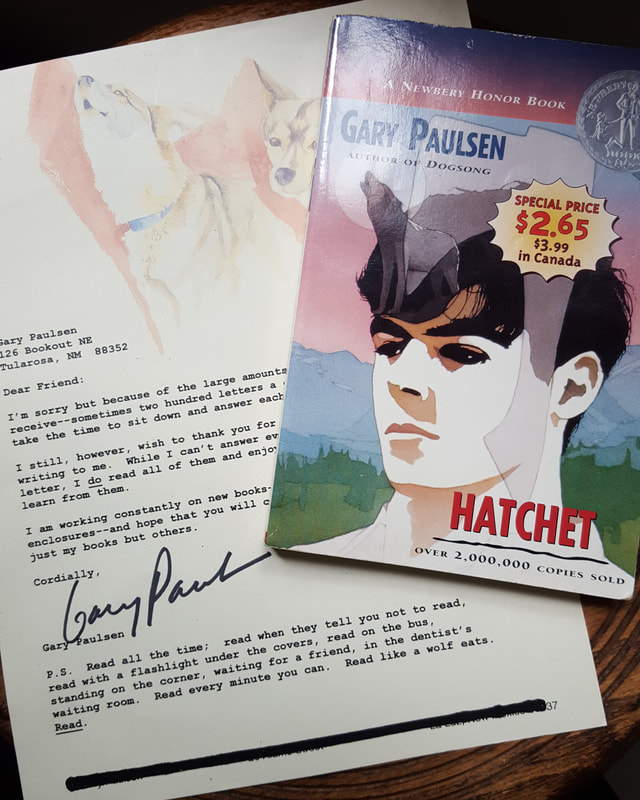
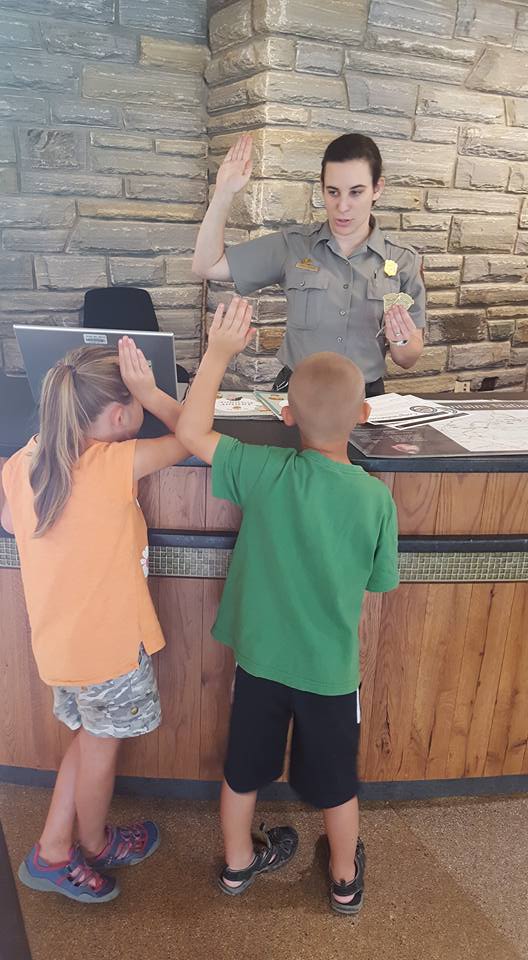


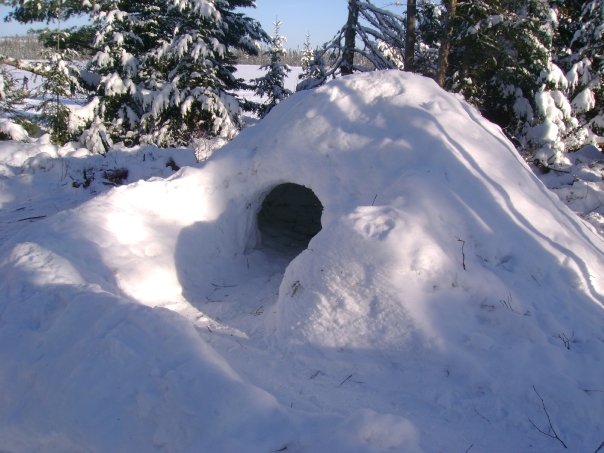
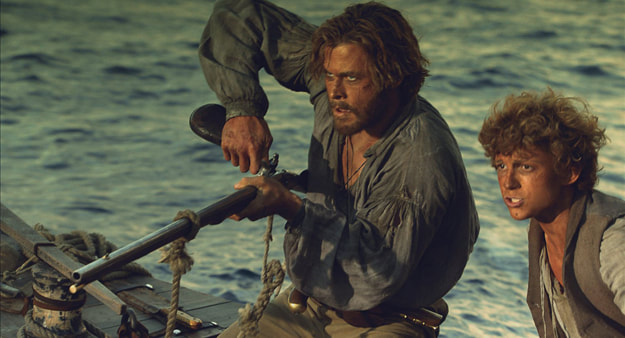
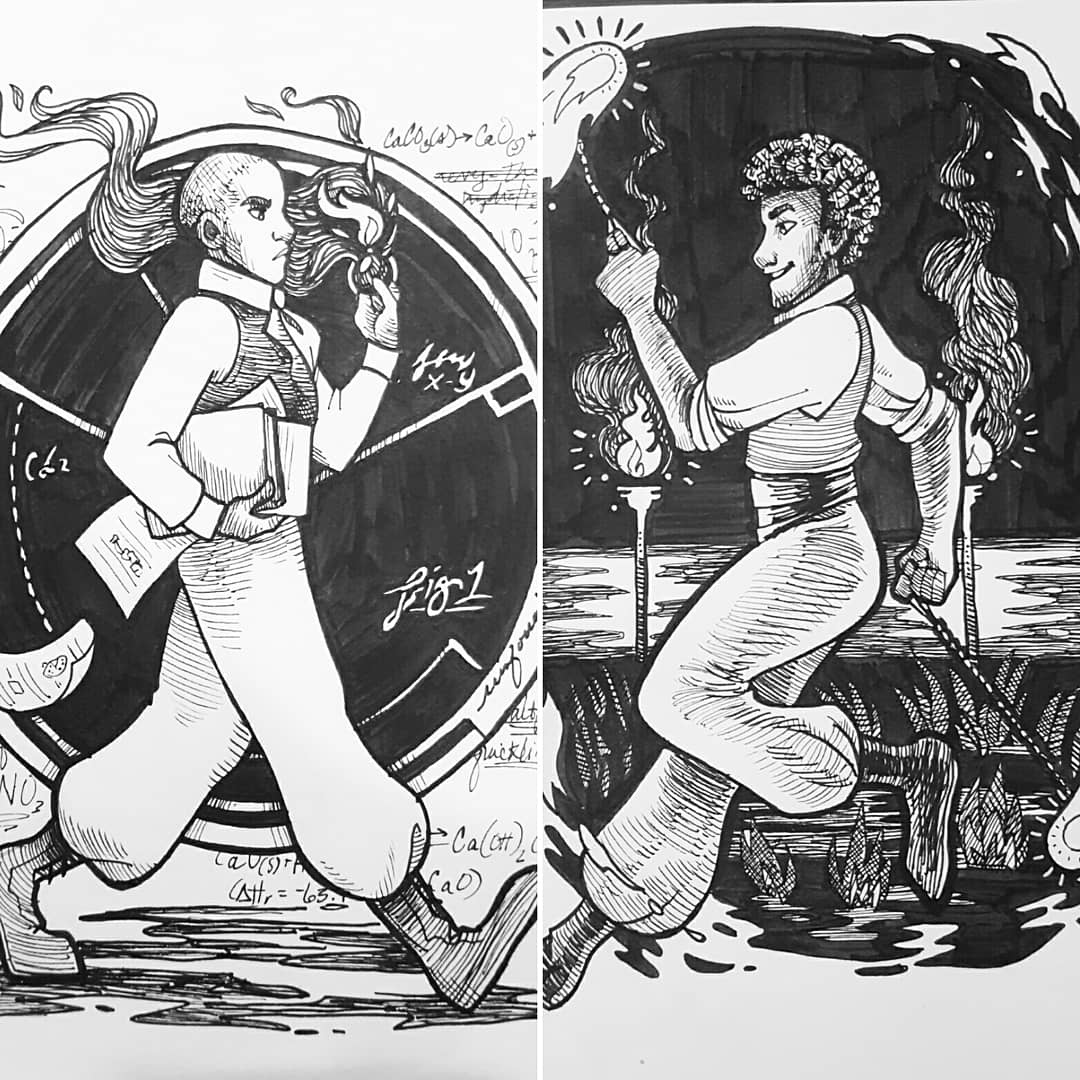
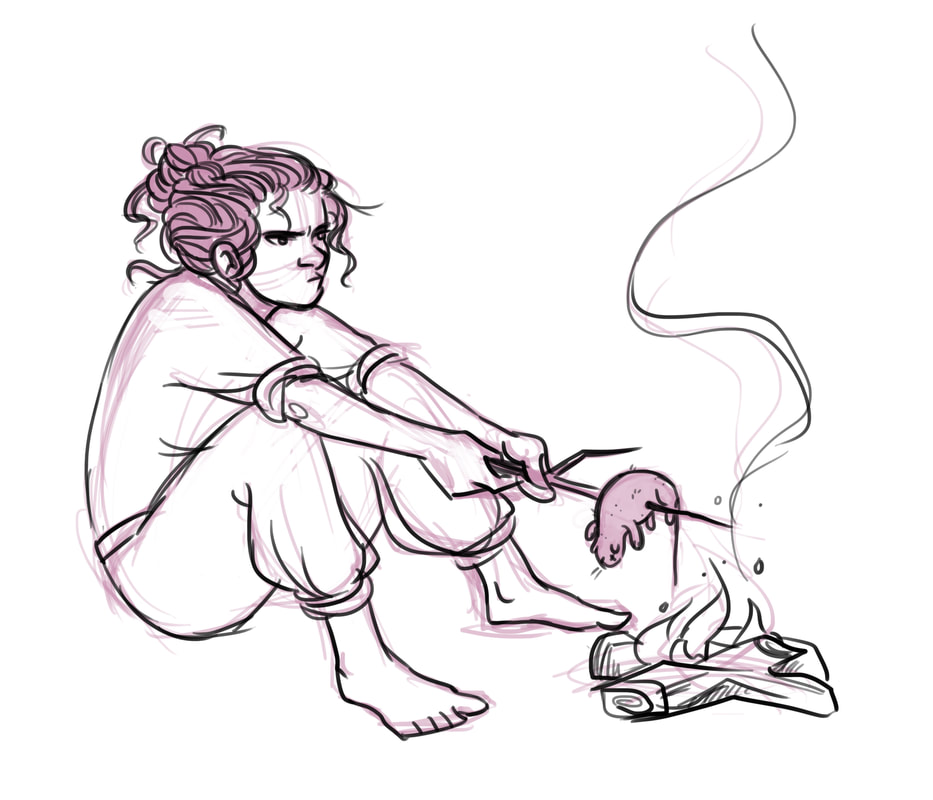
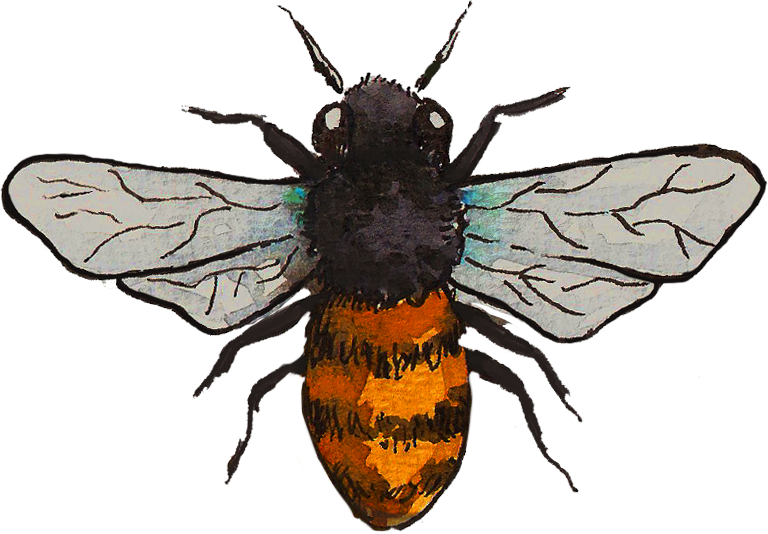
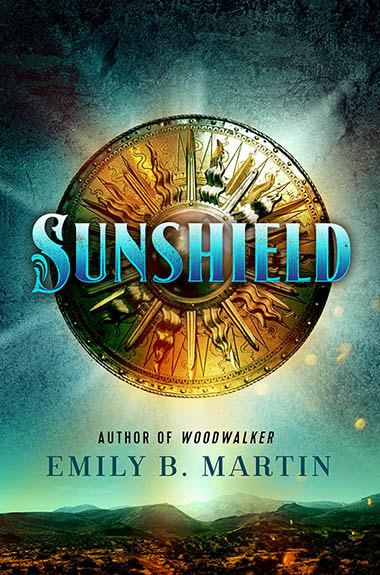
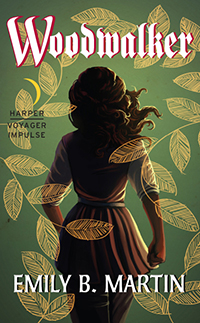
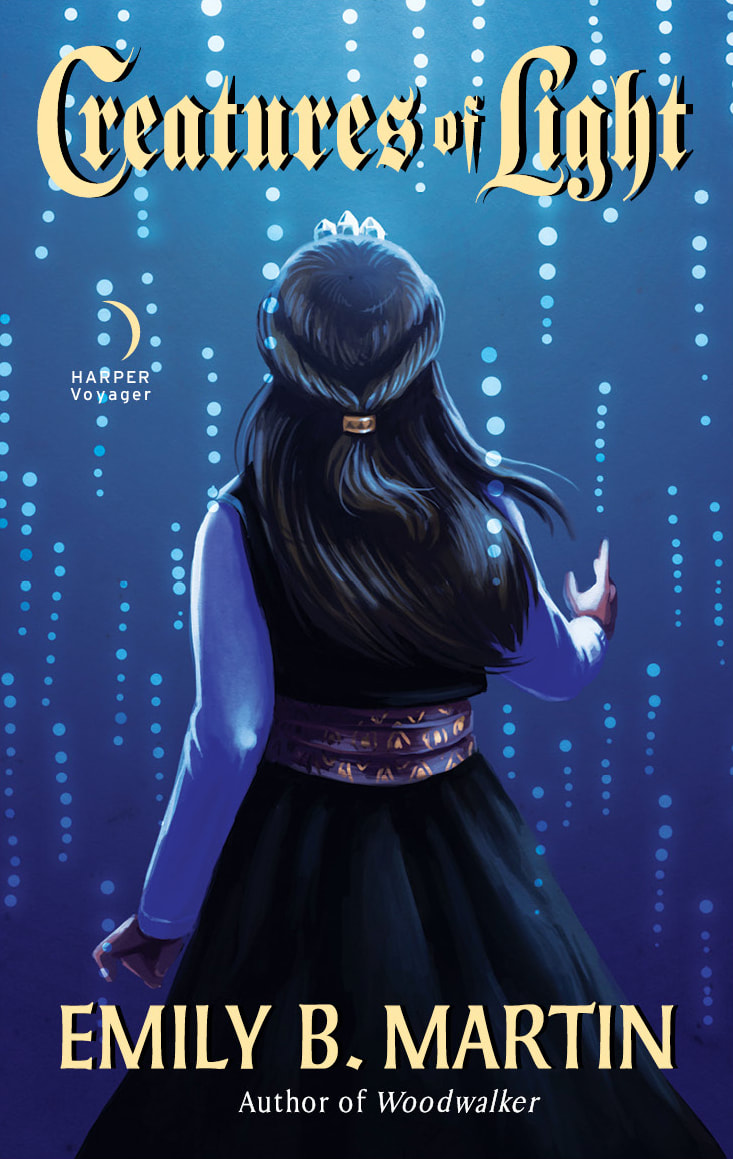
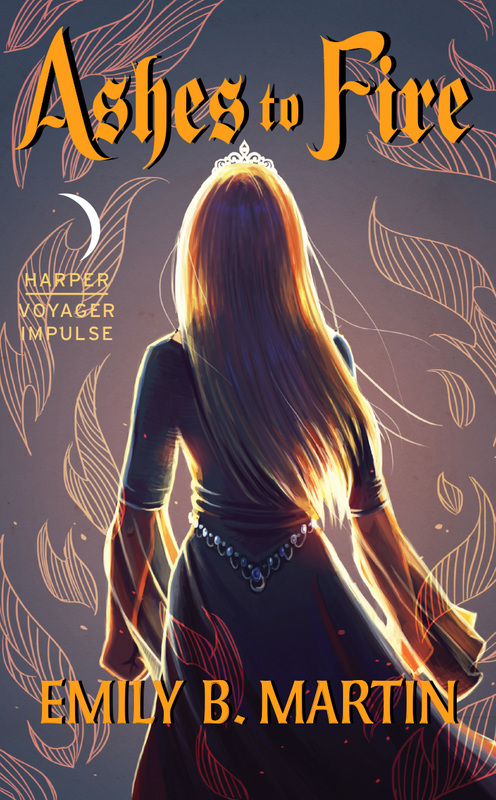
 RSS Feed
RSS Feed

